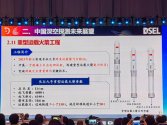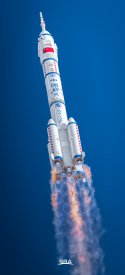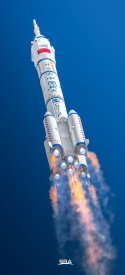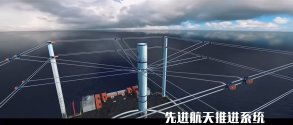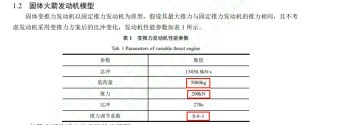Shan Zhongde, Vice Minister of Industry and Information Technology and Administrator of the China National Space Administration: We are intensively advancing the implementation of heavy-lift launch vehicles with greater thrust, continuing breakthroughs in key technologies and demonstrations for reusable space transportation systems, accelerating the formation of operational launch capabilities, and enhancing our capacity to access space.
The next-generation heavy-lift launch vehicle under development in China is the
Long March-9, a Herculean powerhouse among rockets. Boasting formidable thrust, it delivers a
low Earth orbit (LEO) payload capacity of approximately 140 tons, making it indispensable for missions such as crewed lunar landings and Mars sample return missions.
Additionally,
reusable configurations of the Long March-9 are being further planned. These will significantly reduce the costs of space access and return, improve operational efficiency, and ultimately enable
large-scale regularized space transport capabilities. According to reports, the
first-stage reusable configuration of the Long March-9 heavy-lift rocket is slated for its maiden flight
by 2030, while the
two-stage fully reusable configuration is planned for first flight
between 2033 and 2035.

